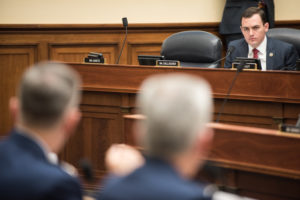
A lead House Armed Services Committee lawmaker on Thursday cited concern that the Pentagon’s new Replicator initiative to field thousands of attritable autonomous systems over the next two years could potentially result in reallocating funds away from other procurement priorities, such as critical munitions. “Put differently, my biggest concern, particularly when we know the administration tends to prefer [research, development, test and evaluation accounts] over procurement, is that hard power programs like munitions are going to end up being bill…

 By
By 











